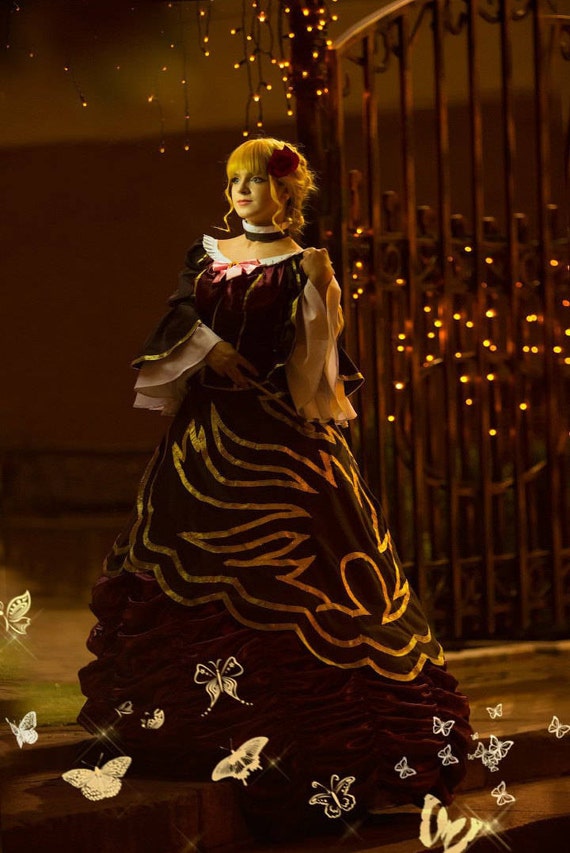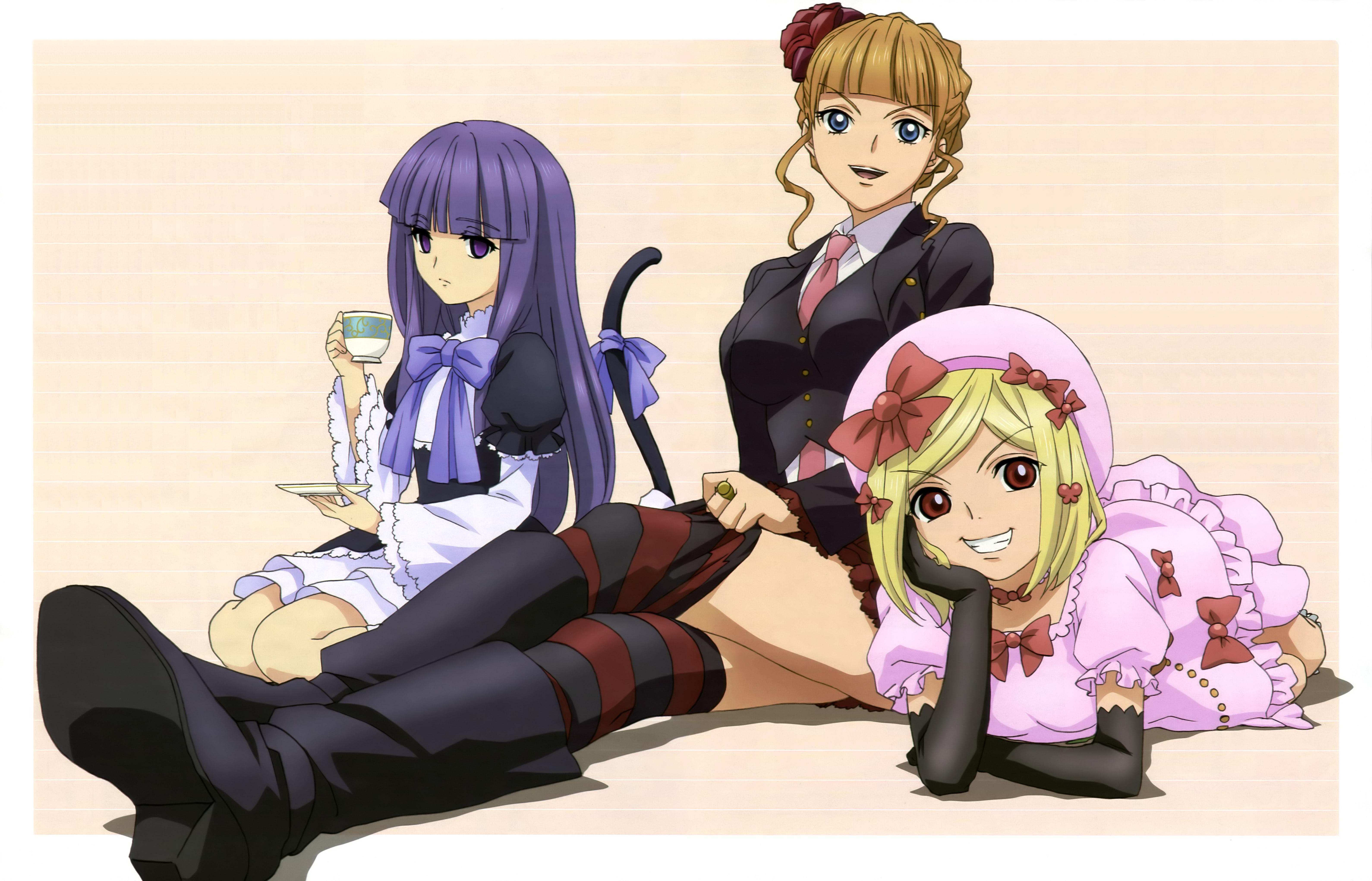

For now it’s a battle between Battler (the most obstinate of Kinzo’s grandchildren) and Beatrice herself over whether witches really do exist-or whether some other unknown, human entity-or, worse, a member of the family-is responsible for the murders. One by one, all the residents of the island are killed, until none are left, and then the infamous Ryukishi07 Groundhog Day effect kicks in and Umineko starts in earnest. …until inexplicable murders begin to happen, each following the pattern of the ten “twilights” of the epitaph, with letters strewn about claiming that the murderer is none other than Beatrice, witch of legend. Everyone scoffs at the existence of witches… Family legend has it that whoever solves the riddle encoded in the epitaph will obtain Kinzo’s inheritance, rumored to be ten tons of gold that Beatrice gifted Kinzo with. Beatrice, Kinzo’s alleged former lover and the “witch” who gave him the gold ingots necessary for Kinzo to rebuild the Ushiromiya family fortunes. The bickering quickly drives away their children-Jessica, George, Battler, and Maria respectively-who spend valuable cousin-bonding time playing on the beach and contemplating the mysterious portrait and epitaph dedicated to the Golden Witch Beatrice.

Of course, since the Ushiromiya family is fabulously wealthy, this is no ordinary family gathering as the four adult siblings-Krauss, Eva, Rudolf, and Rosa-quickly get to bickering over who will walk away with the larger portion of their father Kinzo’s estate when he dies within six months. Taking place on Rokkenjima Island, the site of the Ushiromiya family estates, during the annual family conference, eighteen people-servants and family members alike-are locked on the island for two days due to a typhoon. Umineko takes some of its initial narrative trappings almost direct from the setup of Agatha Christie’s classic novel of locked-island murder And Then There Were None. There are connections, of course, but I leave it to the player to discover them for themselves, as, indeed, the player will have to discover a great many things for themselves, most notably what, exactly, is going on. Indeed, most of the main cast of Uminekoare in no way related to the now-familiar denizens of Hinamizawa, and the narrative sequence of Umineko is easily enjoyable bereft of knowledge of Higurashi.

"Why don't you bite at your belly button and die?").When They Cry 3: Umineko no Naku Koro ni (“When the Seagulls Cry”) is not, in the strictest sense, a sequel to the events of the first two When They Cry/Higurashi game/anime series. She is very mocking of others, repeatedly taunting them by saying, "Heso demo kande shinjaebā?" (ヘソでも噛んで死んじゃえばぁ?, lit. She is most likely the manifestation of all the Eva culprit theories similar to how Black Battler is the manifestation of all the Battler Culprit theories. In many ways, she is even crueler than the original Beatrice, using her Endless Magic to "play" with her victims by killing them in bizarre ways (drowning in a sea of jelly, crushing under a mountain of cake) before resurrecting them and killing them again, repeating the cycle until she tires. Eva-Beatrice is described by Ange as a "black witch," meaning she manipulates others through anger and hatred. As stipulated in the epitaph, Eva inherits the name "Beatrice" and is granted the titles of Golden and Endless Witch, with Lambdadelta as her guardian. She first appears in Banquet of the Golden Witch, where she helps Eva solve the riddle of Beatrice's epitaph, leading to her discovery of Kinzo's hidden gold and her inheritance of the Ushiromiya family. She represents all of Eva's dark desires from her childhood, including her greed for the Ushiromiya family inheritance as such, she has the appearance of Eva as a young girl. Eva-Beatrice (エヴァ・ベアトリーチェ )A witch who resides within Eva's heart.


 0 kommentar(er)
0 kommentar(er)
